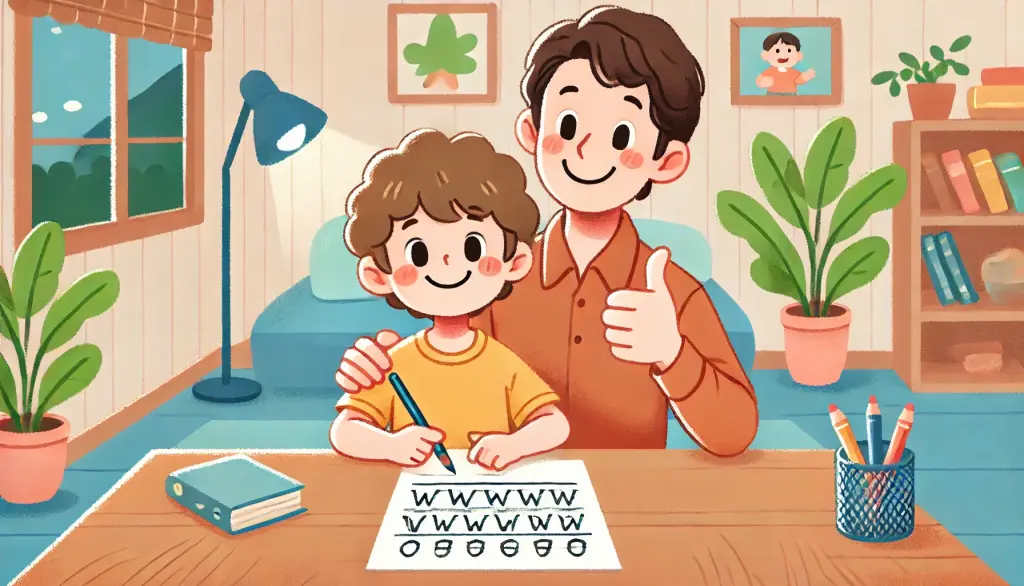
Handwriting is an integral skill in academic achievement and daily life experiences. Unfortunately, for children struggling with dysgraphia, a neurological disorder characterized by difficulties in writing, it can become a challenging and stressful task. Dysgraphia affects a child's ability to write legibly and coherently, potentially impacting their academic performance, self-esteem, and overall confidence. Understanding dysgraphia and knowing how to effectively support children dealing with this challenge can significantly improve their writing abilities and educational outcomes.
Dysgraphia is a specific learning disability that impairs a child’s ability to produce clear, fluent handwriting. It often manifests through difficulties with letter formation, spacing, alignment, motor coordination, spelling, and overall written expression.
With appropriate support, strategies, and interventions, children with dysgraphia can become successful and confident. Here are practical approaches for both educators and parents:
Getting a handwriting assessment early can make a big difference. It allows the right support to be put in place quickly, which can boost a child’s confidence and progress. If teachers or parents notice a child consistently struggling with handwriting, it’s a good idea to reach out to an occupational therapist for guidance.
Occupational therapists use specific therapeutic techniques to enhance fine motor skills, strengthen hand muscles, and improve handwriting ability. Therapy can include exercises, sensory-based activities, ergonomic adaptations, and motor-function enhancement.
Utilizing diverse sensory modalities, visual, tactile, kinesthetic, and auditory, can significantly boost handwriting skills:
Introduce adaptive technology to ensure that students communicate knowledge without becoming hindered by handwriting difficulties:
Adjusting classroom expectations is vital for managing dysgraphia:
Explicit and systematic instruction tailored specifically for children with dysgraphia is essential:
Children with dysgraphia often experience anxiety, stress, and frustration connected with writing tasks:
If strategies and approaches continue to have limited results, seeking additional assessment or intervention from professionals, including occupational therapists, special education specialists, or school psychologists, can be crucial. These experts can provide comprehensive guidance tailored specifically to the child's needs.
Children with dysgraphia can thrive and excel academically when supported through targeted interventions, flexible accommodations, assistive technologies, and emotional support. Parents and educators working collaboratively can equip children to manage their challenges confidently, helping them achieve awareness and control over their condition. The goal is not solely to improve handwriting skills, but to foster greater self-esteem, confidence, academic success, and overall happiness for students with dysgraphia.
You might also like:
The digital handwriting activities for kids are both engaging and ideal for learning to write well in a personalized way
The handwriting assessment for kids quickly evaluates writing quality, including legibility and form
The handwriting worksheets for kids are available in many fonts, both cursive and manuscript, in an easy-to-print PDF format